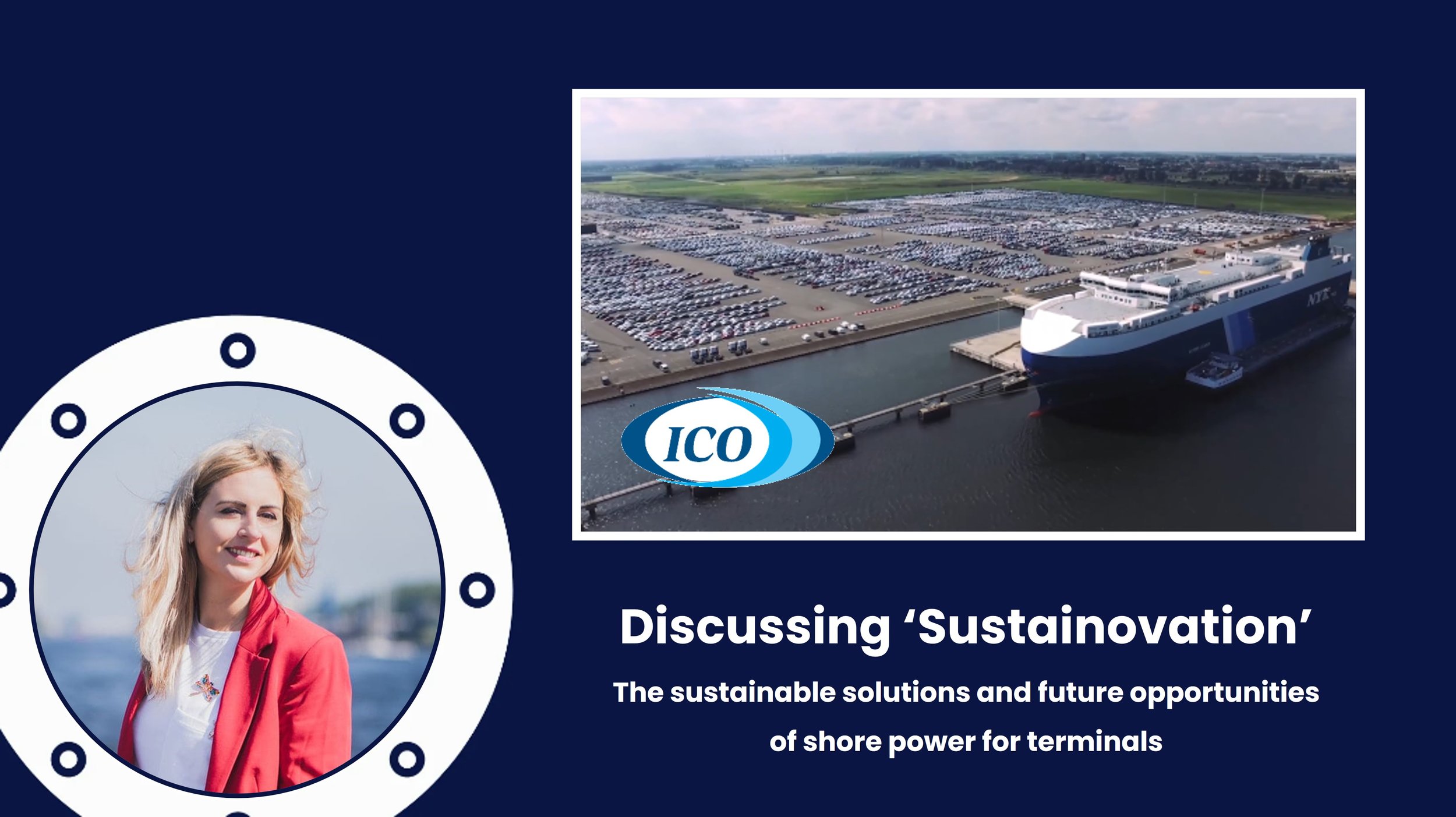Case studies | Find examples on decarbonization measures, costs and regulations to benchmark your business case
Impact of FuelEU Maritime on shore power business case
This is a case study that determines the impact of FuelEU Maritime on a shore power refit business case up to 2050, taking several ships and varying input parameters to determine the impact under multiple conditions. As FuelEU Maritime will make shore power mandatory in 2030 for passenger- and containerships, this tool will help to determine the impact of that regulation on your business case.
Sustainovation with ICO Terminals - Lunch and Learn
How do we deal with the challenges surrounding shore power? Why is standardization so important? And what will we achieve with collaboration? Find out together with Fanni Arvai, Innovation & Sustainability Manager at International Car Operators and passionate about changing the maritime industry in a positive way with a vision for a more inclusive and environmentally conscious future.
How to decarbonize your ship - RoRo Passenger with hull coating
This is a case study on how to decarbonize a ro-ro passenger vessel by applying Ecospeed to its hull. Ecospeed is a hard, non-toxic coating which provides long-lasting protection for all ship hulls. The hypothetic vessel is called ‘Lady Ice Cold’, a ro-ro operating in North-Western Europe with 33 MW installed engine capacity. Ecospeed reduces carbon emissions by 9% - 16% with a total CAPEX of €390.000.
Shore Power by Stena Line
Stena Line realized a shore power connection for sea-going ferries of two times 3 [MW] in Hoek van Holland in 2012.




